In the world of luxury bottled water, few brands command as much attention—or as steep a price tag—as Nordic Glacial, a premium "glacier water" that retails for a staggering $50 per bottle. At first glance, the concept of paying such a sum for something as basic as water seems absurd. Yet, this niche market thrives, catering to a clientele that views water not just as hydration, but as an experience, a status symbol, and even an investment in wellness. So what exactly justifies the exorbitant cost of a bottle of Nordic Glacial?
The answer lies in a combination of rarity, mystique, and meticulous branding. Sourced from remote, untouched glaciers in Iceland or Norway, this water is marketed as the purest on Earth, untouched by human pollution for thousands of years. The glaciers from which it is harvested are often located in pristine, inaccessible regions, requiring helicopters or specialized expeditions to extract the ice. This logistical challenge alone drives up the cost significantly. Unlike spring or mineral water, which can be sourced from relatively accessible locations, glacier water is framed as a finite resource—one that is literally melting away due to climate change. The implication is clear: you’re not just buying water; you’re buying a piece of something ancient and disappearing.
But purity alone doesn’t explain the $50 price tag. The branding behind Nordic Glacial is a masterclass in luxury marketing. The water is often presented in handcrafted, artisanal bottles designed to evoke a sense of exclusivity. Some brands use glass so thick and heavy it feels like crystal, while others employ minimalist Scandinavian design to appeal to high-end aesthetics. The packaging is as much a part of the product as the water itself, transforming a simple beverage into a collectible object. This is water meant to be displayed, not just consumed—a conversation starter for those who can afford it.
Then there’s the science—or at least, the marketed science. Proponents of glacier water claim it has a unique molecular structure, a smoother taste, and higher oxygen content due to its ancient origins. While some of these claims are debated by experts, they feed into a broader wellness narrative. In an era where consumers are increasingly obsessed with "clean" eating and drinking, glacier water is positioned as the ultimate health elixir, free from microplastics, pollutants, and even the "memory" of modern contamination. Whether or not these benefits are scientifically proven matters less than the perception they create. For the wealthy and health-conscious, $50 is a small price to pay for perceived purity.
The exclusivity factor cannot be overstated. Nordic Glacial isn’t sold in grocery stores or vending machines. It’s stocked in high-end hotels, Michelin-starred restaurants, and private clubs where price tags are often an afterthought. Serving such water is a flex—a way for establishments to signal their commitment to luxury. For individual buyers, it’s a status symbol akin to wearing a Rolex or carrying a Hermès bag. In certain circles, the brand of water you drink says as much about you as the car you drive.
Environmental and ethical considerations also play a role, albeit a controversial one. Some brands market their glacier water as a sustainable choice, arguing that they harvest only what naturally melts each year. Critics, however, point out the carbon footprint of shipping water from remote Arctic regions to wealthy consumers worldwide. There’s also the moral question of commodifying a resource that is vanishing due to climate change—a paradox that doesn’t seem to deter buyers. If anything, the scarcity narrative only enhances the allure.
Ultimately, the $50 price of Nordic Glacial is less about the water itself and more about what it represents. It’s a luxury good masquerading as a basic necessity, a product that blends mythology, marketing, and human desire for exclusivity. Whether it’s "worth" the cost depends entirely on what you’re buying into—hydration, or the story behind it.
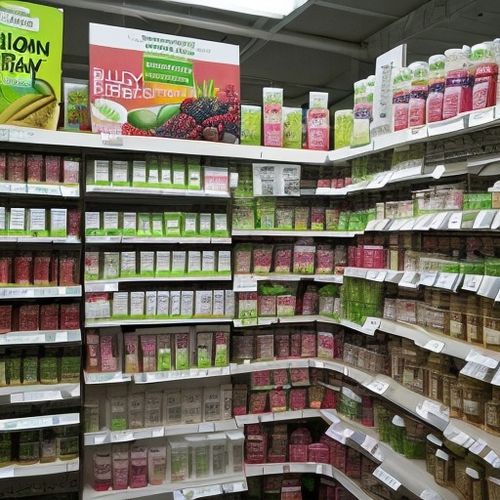
By Elizabeth Taylor/Apr 10, 2025
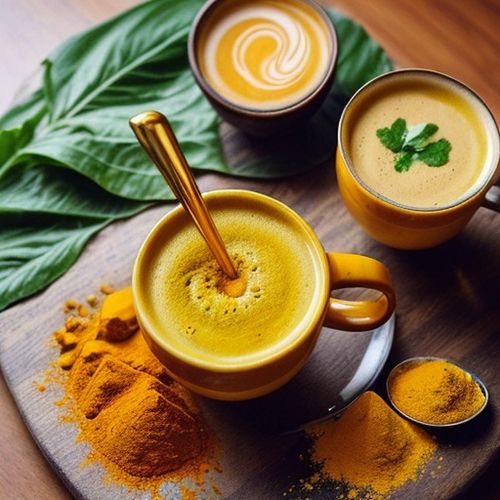
By Laura Wilson/Apr 10, 2025
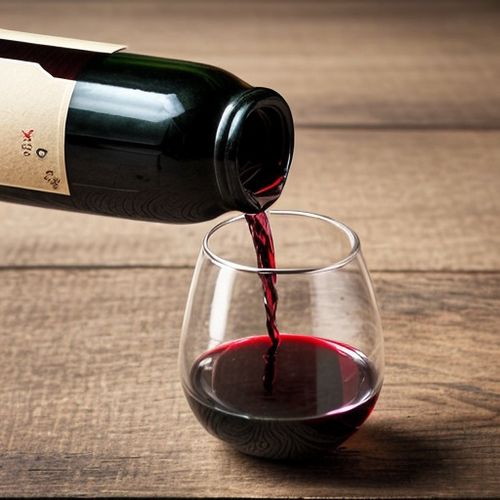
By Natalie Campbell/Apr 10, 2025
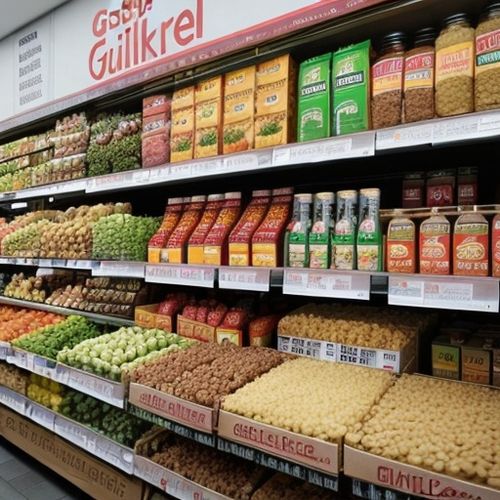
By Daniel Scott/Apr 10, 2025
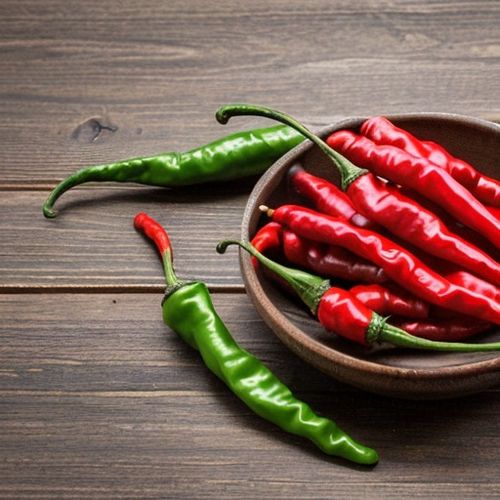
By Sarah Davis/Apr 10, 2025
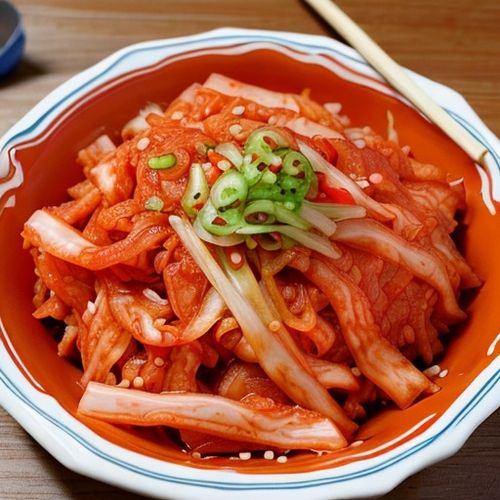
By Michael Brown/Apr 10, 2025
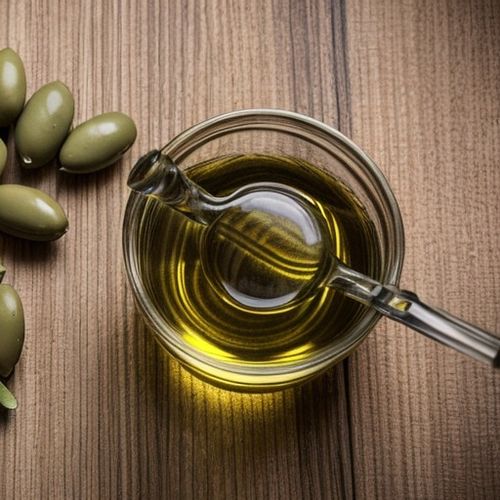
By George Bailey/Apr 10, 2025
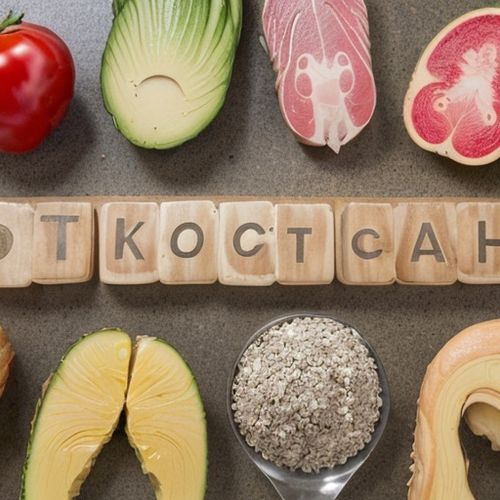
By Thomas Roberts/Apr 10, 2025
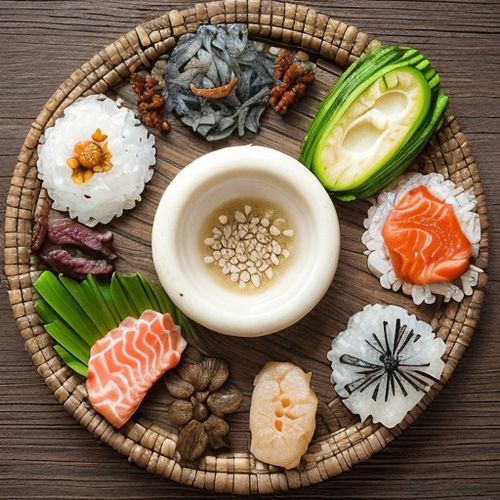
By Sarah Davis/Apr 10, 2025

By William Miller/Apr 10, 2025
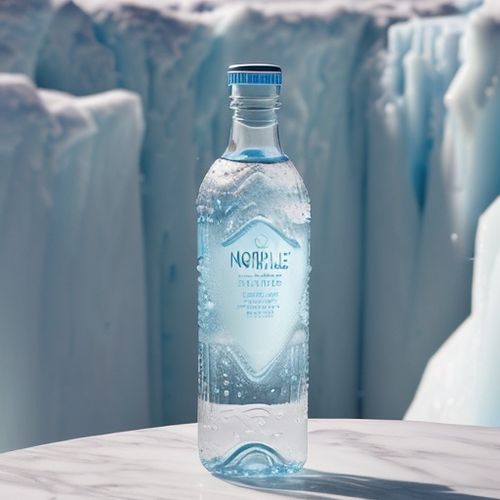
By Natalie Campbell/Apr 10, 2025

By Ryan Martin/Apr 10, 2025
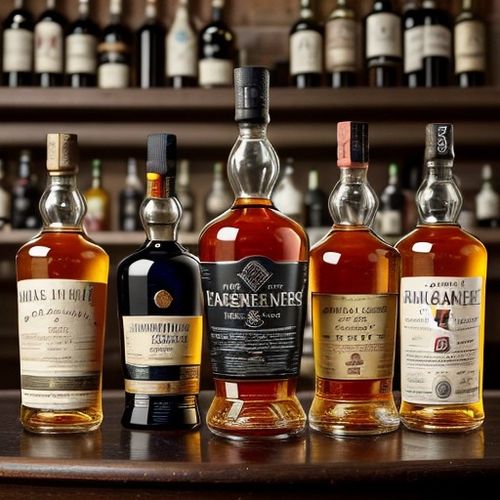
By Benjamin Evans/Apr 10, 2025
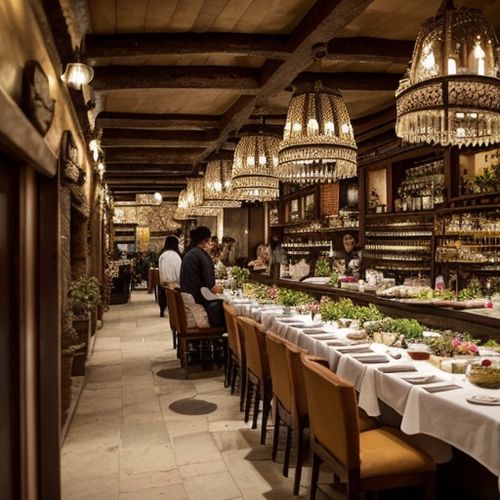
By John Smith/Apr 10, 2025
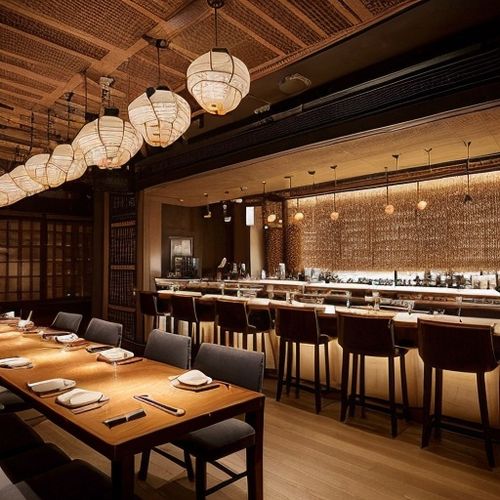
By Grace Cox/Apr 10, 2025
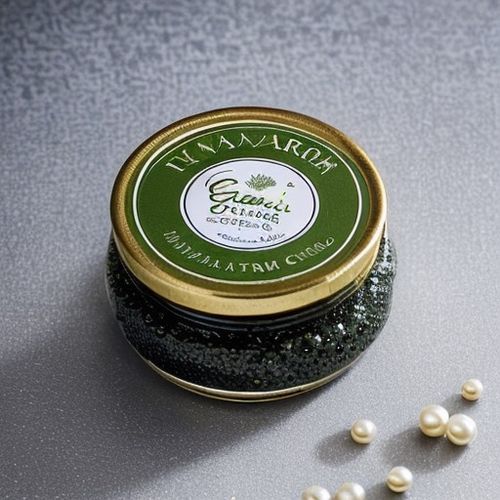
By Victoria Gonzalez/Apr 10, 2025
By Natalie Campbell/Apr 10, 2025